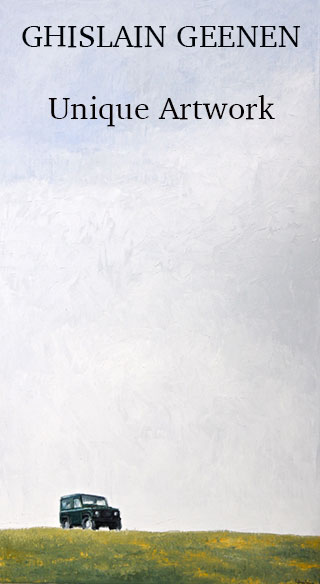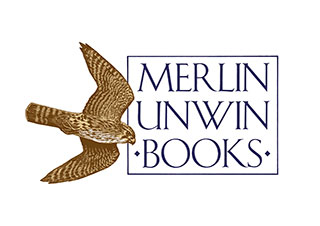Stonehenge, was his pen-name, he was a qualified physician, dog breeder, writer, editor and champion of the development of the sporting gun in victorian England, yet, today, few remember his name. John Henry Walsh deserves an honourable mention for driving British gunmakers to become, and remain, the best in the world.
Walsh was born in 1810 and died in 1888, his life spanning the greatest expansion of British global power, the feverish changes in sporting guns, from flint-lock to hammerless ejector and the transformation of the world through international trade, war and politics. His was the Victorian era of great hope and progress. People were using science to shake off their old, religion-based, understanding of the world and nature, while industrialisation was rapidly expanding the possibilities for mankind’s progress.
Walsh was a surgeon and worked as one for several years but he was always a passionate advocate for rural sports and wrote his first book ‘The Greyhound’ in 1853. His later interest in gun development was, perhaps, linked to his youth, during which he lost a thumb due to a shooting accident, when his barrel exploded.
He wrote numerous further books on rural sports, dogs, horses and guns, under teh name ’Stonehenge’, and in 1857 took up his position as editor of ‘The Field’; the foremost magazine of its day for those of a sporting persuasion from the upper reaches of society.
As editor, Walsh used his position and influence to steer the frenetic gun trade and the sportsmen who were its patrons and customers to put aside the rampant bickering, claim and counter-claim, that littered the Letters Page, and put them to the test, publishing the results for all to see. By doing so, Walsh undoubtedly helped focus the direction of travel in which the trade headed and ensured the public got to know what worked and what did not.
The start of his long tenure as editor coincided with the advent of the first commercially available sporting breech-loader in Britain. The 1851 Great Exhibition at Cristal Palace in London featured Casimir Lefaucheax’s pin-fire breech-loader, disparaging referred to by some as ‘the French Crutch Gun’. Joseph Lang started offering a version of the gun for sale and not long afterwards, Charles Lancaster introduced his own slide-and-drop breech-loader with his ‘base fire’ cartridge.
Letters to The Field expressed outrage; old-time shooters claiming the breech-loader was dangerous, weak-shooting and a menace to humanity. Others countered with tales of how wonderful their breech-loaders were, inciting yet more outrage from many an old colonel. Walsh referred to it as ‘bubble, bubble, toil and trouble’ and decided it was time for a neutral arbiter to settle the matter in public.
Were breech-loaders as effective and safe as muzzle-loaders? To establish the truth, Walsh proposed a trial: the first ‘Field Trial’. He invited vocal advocates of breech-loaders to submit their work for inspection and testing, likewise muzzle-loader champions were asked to submit their latest work, for comparison.
’...the real pretensions of of muzzle loaders and breech loaders have been settled…
The first trial, was held in Chelsea in 1858, with a follow-up trial in 1859. At the end of the trials, Walsh contended ‘’the real pretensions of of muzzle loaders and breech loaders have been settled…to the satisfaction of all reasonable men’. The two trials demonstrated that breech-loaders were the equal of muzzle-loaders in pattern and penetration. In setting-up the trials, Walsh developed the practice of counting pellets on a target 30 inches in diameter to compare patterns and of using multiple sheets of paper to test penetration.
In 1866 Walsh held another trial at a pub called the ‘Lillie Arms’, in Old Brompton, West London. This compared the performance of the breech-loaders submitted by various participants, all were pin-fires. They were useful in helping to develop a means by which guns could scientifically be compare to one another, as could the shooting performance of different powder and shot loads.
Probably the most famous of Walsh’s Field Trials came in 1875, following on from Greener’s claims that he could make a 12-bore shoot 210 pellets of No.6 shot into a 30” circle at 40 yards from a 7 1/4lb gun, using three drams of black powder. The best result obtained in the 1866 trial had been 122 pellets. Predictably, readers of The Field expressed scepticism and a comprehensive trial was set-up to settle the matter. Choke-bored guns won emphatically, Greener taking the prize, and a subsequent test the same year to establish the longevity of choke-bored barrels proved they could stand up to thousands of shots without issue.

A Further trials in 1878 tested the merits of the new ‘smokeless’ powders against one another and in 1879 Walsh pitted large bores against small bores. However, the key markers were the Breechloader vs Muzzle-loader and the Choke Bore vs Cylinder Bore trials, both of which created step-changes in the way the public and gunmakers understood the merits on the new systems and smoothed heir progress into the mainstream.
Aside from editing and testing, in 1878 Dr Walsh found time to patent his own design, which he then recommended to readers in his own magazine. His ‘Gun of the Future’ is a clumsy contraption patented as No. 5106 of 1878 and made in small quantities, notably by Thomas Bland. Clearly, Walsh did his best work acting as the independent arbiter of the work of real gun-makers.
As well as his work at The Field, Walsh wrote two major books on guns, which are still worthy of reading. The Shot-gun and Sporting Rifle (1859) and The Modern Sportsman’s Gun & Rifle (1882). Like many eminent Victorians, he excelled in a multitude of areas. With his keen interest in dog breeding, he was involved in early dog shows and trials and served on the committee of The Kennel Club. He was also reputedly a good chess player and was a founder of both the All-England Lawn Tennis Club and the All-England Croquet Club.
Walsh died in 1888, aged seventy-seven, having survived two wives and leaving behind a third and two daughters. He is buried in Putney Vale Cemetery. We should remember Dr. J.H. Walsh as the ‘honest broker’ who helped steer the shooting public through the myriad inventions and improvements to sporting gunnery during his productive years. for a man who, according to Greener disliked gunmakers ‘as a class’ he did help promote their best work and enhance the development of the sporting gun.
Published by Vintage Guns Ltd on



